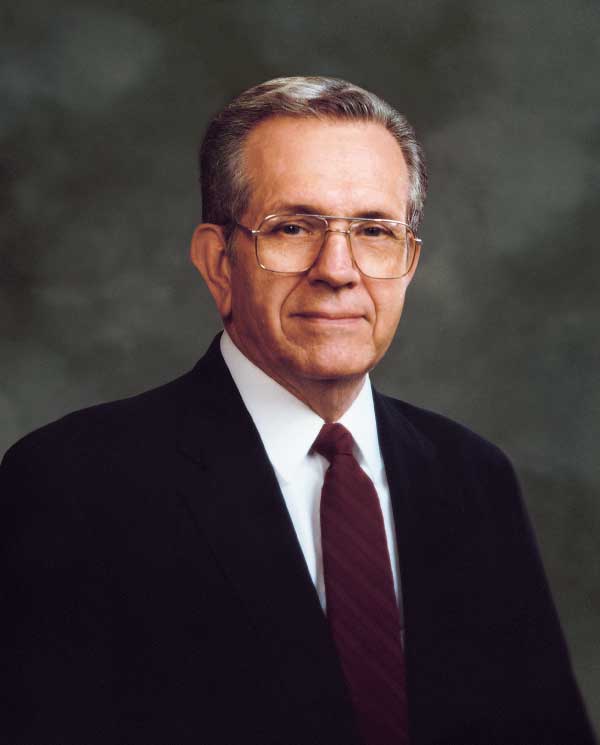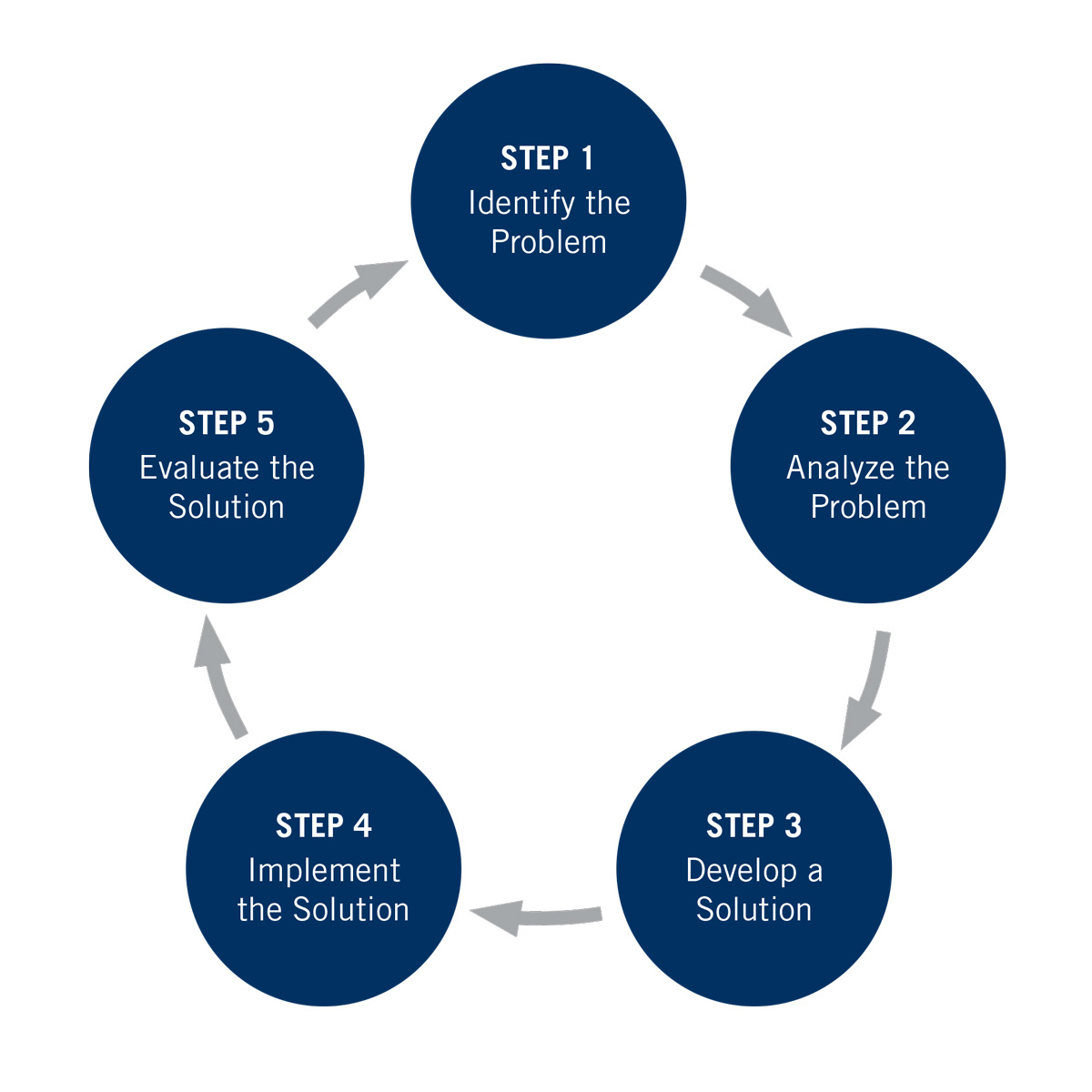Before coming to your training, please do the following:
Problem solving is a complex mental method that uses broad-based, orderly techniques to find solutions to a challenge. Developing a problem-solving method will help you to resolve issues quickly and find solutions that are based on gospel teachings. Problem solving may be one of the skills that the associates you work with need to develop. Coaching an associate in developing problem-solving skills is an important skill to master.
The World Café activity in the “Lesson Resources” section, Resource 1, will teach all three principles outlined in the lesson. If you choose the World Café activity, you will cover all the material for this lesson and will not need to do any of the other activities.
From the following list, choose and complete one or more activities that best apply to your situation.
Using a copy of the puzzle provided in the “Lesson Resources” section, Resource 2, follow the guidelines to complete the puzzle. After a few minutes, share any frustrations you may have felt while trying to complete the puzzle. If you were able to solve the puzzle, share how you did so. If no one has reached a solution, the facilitator will share the solution that is provided in the “Solutions” section of the Facilitator's Guide.
Think about your definition of problem solving. As a group, create a list of skills that are needed for effective problem solving. Make a list of the skills on the board. Discuss how to develop these skills and why it is important to gain problem-solving skills.
From the following list, choose and complete one or more activities that best apply to your situation.
Divide into small groups. As a group, read the following case study. When you have read the case study, use the Five-Step Problem-Solving Method provided in the “Lesson Resources” section, Resource 3, to help Mark find ways he can solve his problem.
Mark is one of the associates you are working with. His vocational goal is to become a police officer. He served in Iraq as a security sergeant on two separate tours and has the aptitude and interest to pursue law enforcement. Right now, he is 50 pounds over the maximum weight allowed to be accepted into a police academy. Over the past year he has tried various times to lose the necessary weight with little success, and he is very discouraged about the likelihood of his being able to do so.
A few volunteers will write on the board the steps of the problem-solving method they outlined in preparation for this lesson. As a group, decide which of the steps listed on the board are essential to an effective problem-solving method. Compare the lists on the board with the list provided in the “Lesson Resources” section, Resource 3.
From the following list, choose and complete one or more activities that best apply to your situation.
Divide into small groups. With your group, brainstorm how you can coach your associates to help them gain problem-solving skills. Use the problem-solving method that was discussed during the previous activity, whether you chose activity 1 or 2 (or both) in the previous section.
Divide into small groups. As a group, think of a potential problem that one of your associates may encounter. The problem could be one that occurs at work or in their personal lives. Have one group member act as if he or she were an associate who is experiencing that problem. Practice coaching the associate with the Five-Step Problem-Solving Method found in the “Learning Resources” section, Resource 3, or with a similar problem-solving method. During the practice, encourage the members of the group to focus on teaching and coaching the associate on how to build problem-solving skills instead of trying to solve the problem for him or her. Once your group has resolved the problem, discuss what was done well, what could be improved, and what principles you can use with your associates.
Seek to identify a personal or business gap or need.
Spend a few minutes silently pondering what you've discussed during this lesson. Listen as the Holy Ghost helps you identify areas where you can improve. Record your impressions in your learner's journal under the question “What Lack I Yet?”
Seek ways to close the gap or develop the required talent(s) to meet the need.
With the guidance of the Spirit, create your plan of how you will improve and close the gap(s) you have identified. You may use one or more of the exercises below, your own strategy, or a combination of both. Record this plan in your learner's journal under “What Must I Do?”
After a few minutes, those who are comfortable doing so can share their impressions with the group.
Seek understanding, and then share what you learned.
During the week, focus on implementing the plan you created. Record your impressions or lessons learned in your learner's journal under “Therefore, What?” You will be given time at the beginning of next week's lesson to share your experience with the group.

Divide into groups. Each group will gather at a different station. At each station, discuss with your group the designated principle and the questions associated with it. You will have five minutes to discuss the principle.
After five minutes, each group will rotate to a new station to discuss a different principle. After each group has visited all six stations, gather together and ask any questions you may have. Discuss the Five-Step Problem-Solving Method found in “Lesson Resources,” Resource 3.
As you discuss the steps and associated questions outlined below, think of a problem you are currently facing.
Try to connect the nine dots with four straight lines without lifting your pencil or pen from the paper. You may start at any point you choose. Remember, the solution is often found “outside the box.”


Use this material if you would like to learn more about problem solving.

